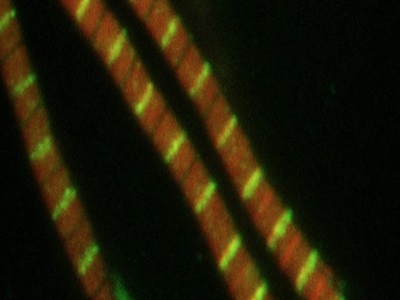A Method to Direct the Differentiation of Human Induced Pluripotent Stem Cells into Ameloblasts and Odontoblasts
These present technologies offer a foundation for the development of periodontal regenerative therapies and further study of periodontal diseases affecting enamel and dentin formation.

What is the Problem?
Dental erosion, which results in the progressive and irreversible loss of mineralized tooth substance, has limited regenerative treatments available. The current focus of intervention is on the prevention and reduction of erosion, as enamel and dentin cannot be regenerated primarily due to the lack of ameloblasts or odontoblasts in eroded teeth.
What is the Solution?
The present technologies provide a foundation for developing regenerative therapies and further study of periodontal diseases affecting enamel and dentin formation. They offer an optimized in vitro human induced pluripotent stem cell-to-odontoblast differentiation protocol guided by single-cell RNA-seq (iOB). The innovations also disclose the differences between the two main embryonic stem cell states (naive and primed) in terms of gene expression and metabolite expression, identifying genes and metabolites that can be modulated to stabilize either state and/or shift the state of an ESC. The technology leverages this knowledge to generate a spatiotemporal single cell atlas for developing human teeth, guiding the precise differentiation of human odontoblasts and ameloblasts.
What is the Competitive Advantage?
The competitive advantage of this innovation lies in its potential to revolutionize the field of regenerative dentistry by providing a foundation for developing therapies that target the root causes of dental erosion and periodontal diseases. This technology's focus on precise differentiation and harnessing regulatory mechanisms could lead to better treatment outcomes, improved patient care, and a significant impact on the growing periodontal disease therapeutics market.